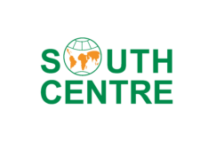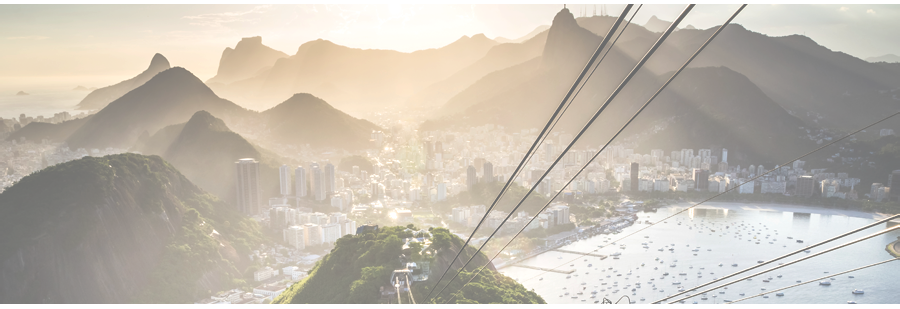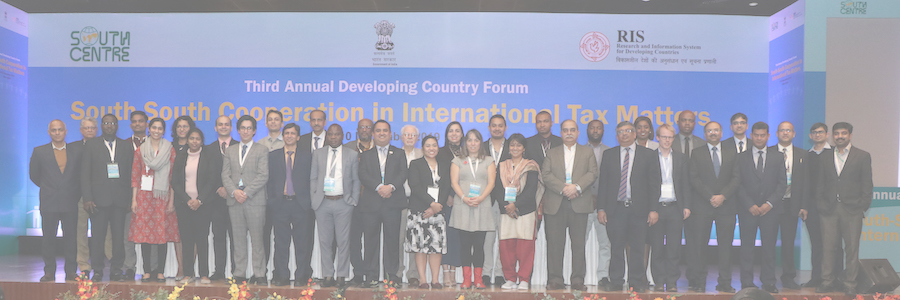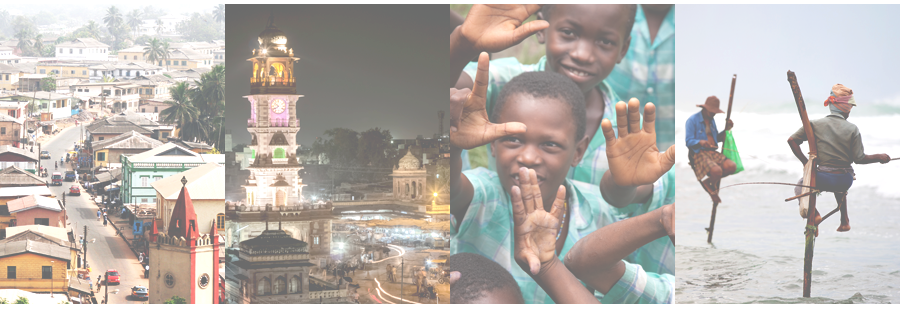Analytical Note, January 2017
The WTO’s Discussions on Electronic Commerce
The WTO has a 1998 Work Programme on E-commerce. This Work Programme provides for the discussion of trade-related issues relating to electronic commerce to take place in the relevant WTO bodies: the Council for Trade in Services; the Council for Trade in Goods; the Council for TRIPS; and the Committee for Trade and Development. The General Council was envisaged to play a review or oversight role.
From July 2016, the debate on Electronic Commerce at the WTO intensified when several Members proposed to negotiate new rules in addition to the existing ones in the WTO Agreements. This suggestion for negotiations was opposed by many developing countries because it goes beyond the 1998 mandate. Many are also keenly aware of how the digital divide still presents enormous hurdles for their full participation in E-commerce, and especially cross-border E-Commerce which the proposed rules would liberalise. This paper sets out to explore the following questions:
I. The Digital Economy and New Business Models
How is the digital economy going to change the business models that we have? How will production and supply patterns change? Where will developing countries’ suppliers be situated in this new scenario?
II. What are the Proponents of New Rules (in July 2016) Asking For?
What new rules are being proposed? What are the interests behind them? What are the implications for most developing countries?
III. What is the Reality On the Ground in Developing Countries vis-a-vis E-commerce?
Where are developing countries, for example, Africa today in terms of E-commerce competitiveness? What are the challenges their suppliers face? How are the basic issues of infrastructure, skills upgrading to be overcome? It is not only about having connectivity that we can be successful in e-commerce exports – developing countries’ suppliers must also be content creators on the internet.
IV. Questions on the Work Programme: What and Where?
What is the scope of the WTO’s E-commerce Work Programme? What are the priorities on the WTO’s negotiating agenda? Where and how is this Work Programme to be organised?
V. What Kind of 21st Century Trade Route Would Support Development?
The trade route we currently have is open in places and closed in others for strategic reasons including employment and the needs of domestic suppliers who may not yet be competitive on the world market. As technology advances, this electronic trade-route would become more and more dominant – particularly for services and non-agricultural products. In the context of developing countries’ more limited production capacities and the digital divide, what kind of trade route do we want for the 21st century so that development can take place?
This article was tagged: Doha Development Round, E-commerce, GATS, GATT, Least Developed Countries (LDCs), Market Access, Services, Technology Transfer, Trade for Development, TRIPS, World Trade Organization (WTO), WTO - MC11












